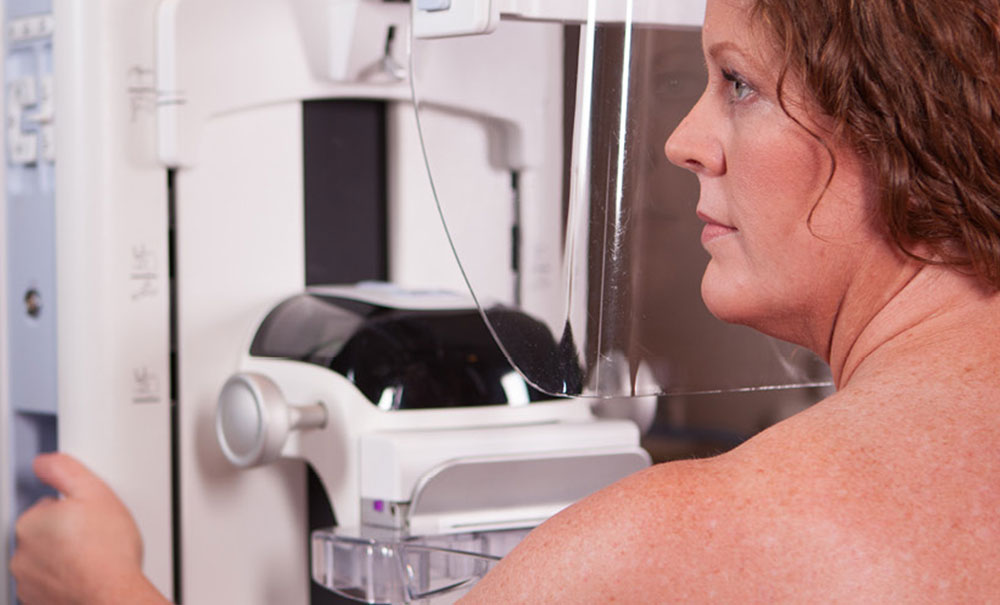October gets all the buzz. There are fundraisers, national campaigns and pink is everywhere you look. But that one month in the fall isn’t the only time to think about your breast health.
“We understand that life gets busy and sometimes breast imaging can cause people to feel nervous,” said Amy Soetaert, D.O., a breast radiologist at Edith Sanford Breast Center in Sioux Falls, South Dakota. “But time and time again, patients walk away saying they couldn’t believe they put off coming in for so long. It is important to remember the benefits of receiving an annual mammogram far outweigh any perceived risk that might be associated with it.”
Annual breast health screenings
Preventive screenings are one of the best ways to detect breast cancer at its earliest and most curable stage. And the way to screen for breast cancer is a mammogram.
“Getting annual mammograms starting at age 40 is the really the best option we have for finding abnormalities when they are small,” said Melinda Talley, M.D., a breast radiologist at Edith Sanford Breast Center. “It is also important to talk with your doctor to determine if you should begin screening before age 40.”
When you make your appointment for your annual mammogram, you will receive a screening mammogram. This will most likely be a 3D mammogram. This technology captures multiple images of the breast at different angles. This provides doctors with more detailed views of your overall breast health. 3D mammography helps to pinpoint the size, shape and location of abnormalities better than ever before. This makes it easier to detect small cancers earlier and reduce the need for any unnecessary additional tests. But when you come in for a mammogram, you’ll also get something else.
Personal risk evaluation
“Every woman who receives a screening will also have her risk evaluated,” said Andrea Lamphiear, M.D., Edith Sanford Breast Center breast radiologist. “This means our team talks to each patient about her family history and personal risk. If we learn that she may be at a higher risk, we work with her primary care physician to develop a personalized screening plan just for her.”
Having a tailored approach to care ensures every woman gets the right breast health screening at the right time. And if any questionable areas do arise during the screening process, there are a number of diagnostic tools available. These include breast ultrasound, breast MRI and new contrast enhanced mammography. These help the radiologist better visualize the potentially cancerous areas.
…
Posted In Cancer, Health Information, Imaging, Women's
